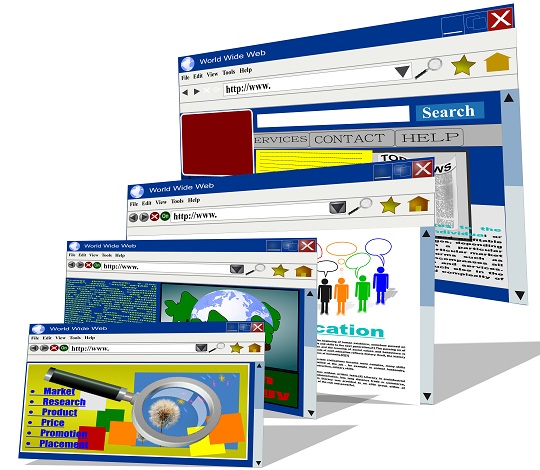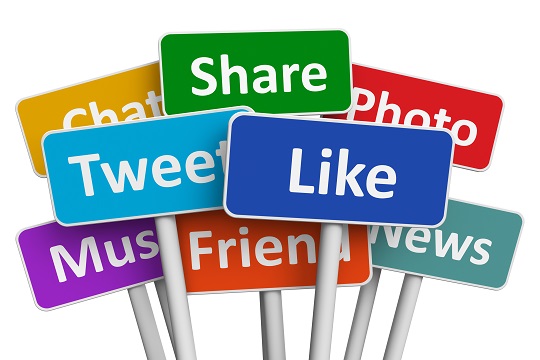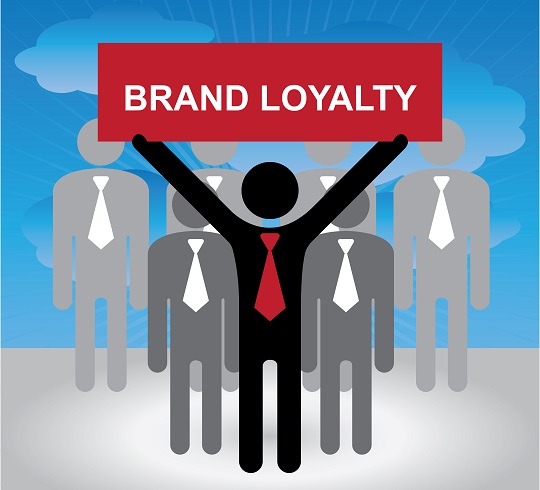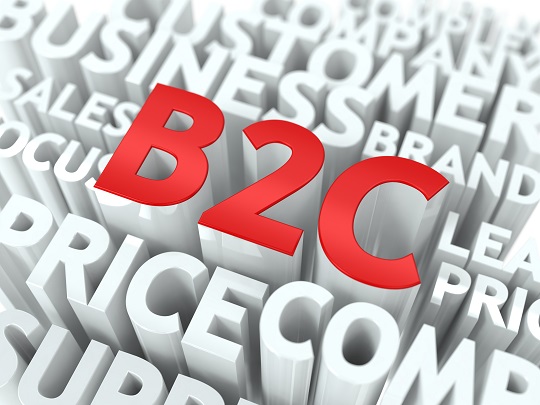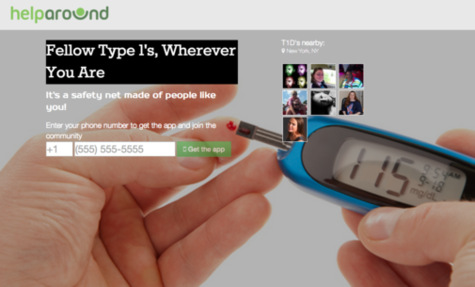Written by Talk Local Co-Founder, Manpreet Singh
If you’re a business owner with arachnophobia, then congratulations. You’re smart enough to appreciate the formidability of one of nature’s greatest predators. Hopefully, these web design tips will turn fear into inspiration.
Every business owner should learn from this tiny predator, because, although quality service enriches rather than ends lives, effective marketing still requires predatory thinking.
A spider web, in particular, is an especially brilliant model for corporate websites. Whereas outbound marketing relies, like most predators, on hunting/chasing, a spider’s success literally (and figuratively) hangs on brilliant web design.
Websites, like spider webs, need to be expansive, well-connected, strong, and sticky enough to capture and convert visitors into consumers. I’ll explain.
Expansiveness – Size matters in the spider world. The bigger the web, the more insects get ensnared by it. The rule applies to websites too. But, although the largest spider web is recorded at 82 feet, websites don’t need size in feet or even gigabytes.
What matters is big online presence. Data-heavy design features (ie Flash, JavaScript) are invisible to search engines, thereby diminishing visibility. So, how can people reach your website?
A well-designed website is pointless if it’s scope is too narrow to reach consumers.
Connectedness – It’s impossible to build a web without building connections, but sometimes spiders foolishly connect to the wrong things.
In such cases, webs make contact with the wrong things. A web upon a car wheel will encounter a winding country road rather than tastey insects. Likewise, business owners will reach websurfers from half a world away rather than their intended market.
To connect to the right locations and the right industry to reach the right markets, the website should list your services and communities in your service area.
Another important aspect of connectedness: the website must connect consumers to you and your business. Contact information should be visible. Otherwise it’s like building a web and severing the very thread that allows you to reach what you’ve captured.
Strength – A spider’s silk is one of the toughest biological materials found in nature. It has to stand up to wind, rain, and hits from prey. A website, too, needs to be strong. Some of the common weaknesses of small business websites are…
In general, make sure your website is strong enough to do its job on a variety of platforms and for a variety of people with various tech skill levels.
Stickiness – A spider can’t be all over their web at once, pouncing as soon as something hits. That’s why they ensure that their captures stick. Engaging and memorable content that keeps consumers on the site increases the likelihood that they will connect with you for a purchase.
For even longer lasting stickiness, include an Opt-In so that consumers can request more information, receive newsletters, and learn about promotions. Of course, an opt-out option is equally important. So, make sure your web is as “Terrific” and “Radiant” as Charlotte’s web so that consumers voluntarily come back for more since you can’t tie them up like real spiders can. That means combining form and function- just like Charlotte does on her informative, beautiful, and memorable webs!
So, when designing your company website, remember that you are like a spider laying in wait for your prey. Draw inspiration from the expansiveness, connectedness, strength, and stickiness of a well-designed web when designing your website and watch your marketing efforts stick.
Need more tips? Click here.

